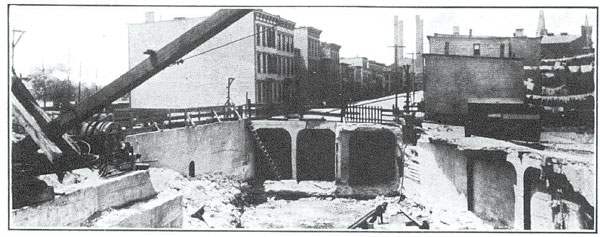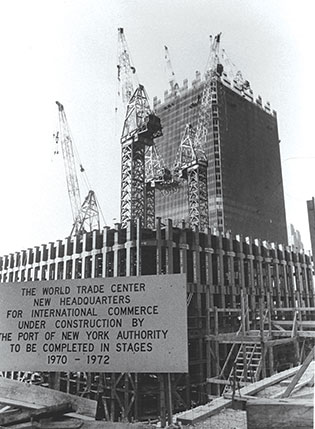Trending
This month in real estate history
This month in real estate history

1911: Landowners demand lower taxes if new subway tunnel isn’t opened
A group of landowners in Queens demanded that the city either reduce their property taxes or open an unused trolley tunnel near their land so they could reap the economic benefits, the New York Times reported 106 years ago this month. Five years earlier, the city had raised taxes on the mostly vacant lots — by as much as 3,000 percent in some cases — in anticipation of the Steinway Tunnel opening nearby. But the tunnel didn’t open in 1910 as planned because the city was unwilling to give the Interborough Rapid Transit Company (IRT) a license to operate a tram line. The landowners, who had collectively paid more than $1 million (more than $25 million today) in property taxes since 1906, argued that the assessments were a “contract on the part of the city” that it would open the tunnel. The IRT eventually modified the tunnel so it could carry standard trains, and it opened for commuters in 1915. The Steinway Tunnel connects 42nd Street in Manhattan to 51st Avenue in Hunter’s Point South in Queens, and today it services the 7 train.

President Franklin D. Roosevelt
1943: Rent control program kicks off in five boroughs
The federal government inadvertently started the longest-running rent control program in the country 74 years ago this month. As part of its broader push to prevent inflation during World War II, the federal government froze rents across New York City through the Emergency Price Control Act, according to the New York City Rent Guidelines Board official history. President Franklin D. Roosevelt and lawmakers originally designed the policy for cities with low vacancy rates, and the city claimed its vacancy rates were too high. However, community lobbying, a riot in Harlem in August 1943 and plans for rent strikes convinced the federal government to impose controls in New York. That legislation was replaced with another law in 1947 meant to address the postwar housing shortage. That law exempted any building built after February 1 of that year from rent control — a cutoff point that is still used for rent control eligibility today.

World Trade Center
1961 : Local property owners try to block construction of World Trade Center
A State Supreme Court judge threw out a case that sought to block the Port Authority of New York and New Jersey’s construction of the World Trade Center, the New York Times reported 56 years ago this month. A consortium of “real estate men” — who called themselves the Committee for a Reasonable World Trade Center — argued that the Port Authority-owned World Trade Center would have an unfair advantage over their privately owned buildings. The committee’s suit wasn’t the last legal challenge the Port Authority would face in its quest to build the WTC. The office towers were originally planned for the east side of Lower Manhattan, but the Port Authority moved the location to the west side to gain the support of New Jersey officials. The move necessitated the demolition of Radio Row, which was home to hundreds of small businesses, industrial outfits and even some residents. A group of businesses filed an injunction against the project, but the State Supreme Court shot it down. Construction of the towers eventually began in mid-1966.




